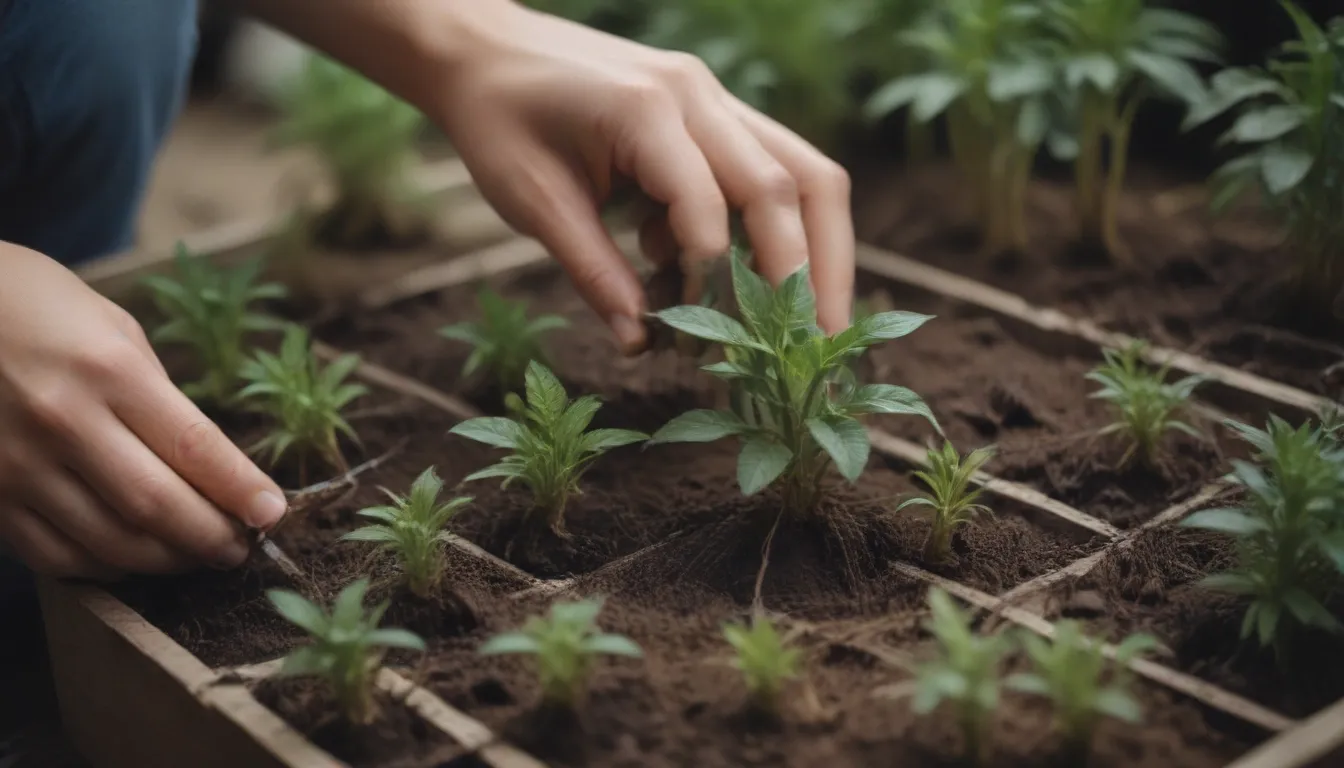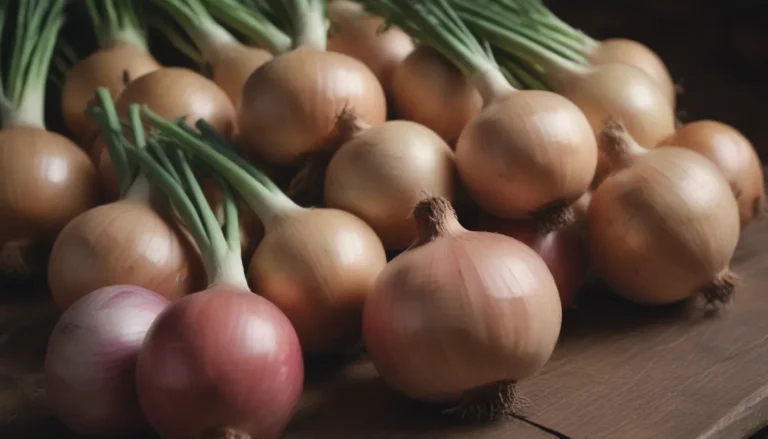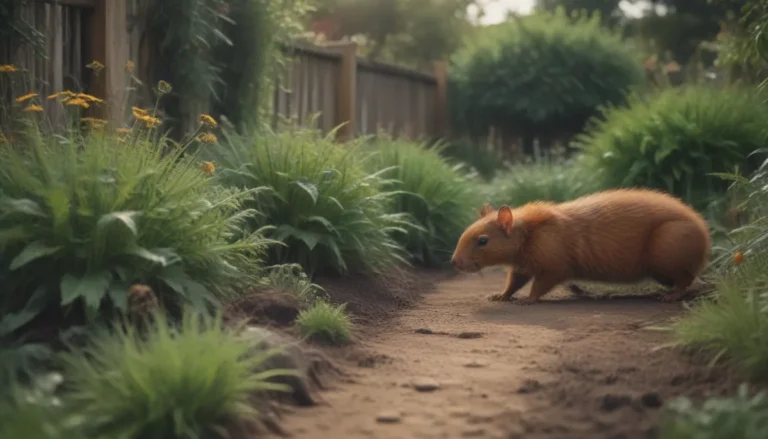How to Successfully Use Rooting Hormone to Propagate Plants

If you’re looking to expand your garden without breaking the bank, learning how to use a rooting hormone can significantly increase your success rate when propagating plants. Taking plant cuttings and stimulating root growth can result in new plants that are identical to the parent plant. This method is not only reliable but also a cost-effective way to grow new plants, especially those that are challenging to propagate.
What Is Rooting Hormone?
Rooting hormones are synthetic chemical products designed to stimulate root growth in plant cuttings. These products mimic auxin, a natural plant hormone that promotes root growth. Rooting hormone is available in powder, liquid, or gel form and can be found at most local garden centers or ordered online.
Rooting hormone is not a necessity when propagating plants, but it can significantly speed up the process. When used correctly, rooting hormone can help plant cuttings develop roots faster, typically within two to eight weeks. The roots produced with the help of rooting hormone are often stronger and more robust than those without it. Most gardeners use rooting hormone on ornamental plants and succulents.
Benefits of Using Rooting Hormone
- Stimulates root growth and increases success rate of propagation
- Helps develop strong and robust roots in plant cuttings
- Particularly useful for difficult-to-propagate plants
- Speeds up rooting process, usually within two to eight weeks
Which Cuttings Can You Use Rooting Hormone On?
Rooting hormone can be used on a variety of cuttings, including:
- New growth
- Woody stems
- Leaves
- Roots
It is important to choose a healthy and vigorous parent plant for taking cuttings. Wait until any blooms fade before taking the cutting. Rooting hormone can also be used on stumps of established plants to encourage root branching. However, it is important not to over-apply rooting hormone as it can damage the root system.
Tips for Using Rooting Hormone
- It is not advisable to use rooting hormone with water propagation as the hormone will be washed away.
- Avoid applying too much rooting hormone, as it can harm the plant’s root system.
- Patience is key when rooting new plants from cuttings, as they are fragile until a root system develops.
How to Use Rooting Hormone on Different Types of Cuttings
Stem Cuttings
- Use a clean knife or shears to take a fresh, healthy stem cutting from a parent plant. Ensure the cutting is between three to eight inches long and cut it near a node.
- Remove any leaves or flowers from the node area and moisten the bottom few inches of the cutting.
- Dip or roll the bottom of the cutting in rooting hormone powder.
- Plant the cutting in a soilless potting medium, making sure to tamp down the soil around the cutting to remove air pockets.
- Water lightly and keep the cutting warm at 60 degrees Fahrenheit or higher.
Leaf Cuttings
- Apply rooting hormone to the part of the leaf closest to the center of the plant and cover it with a soilless potting mix.
- Ensure the leaf is partially buried in the potting mix.
- If the leaf has a short stem, dip it in rooting hormone and plant it just like you would a stem cutting.
- Keep the cutting out of direct sunlight until it develops a robust root system.
Root Cuttings
- Apply rooting hormone to root cuttings, which are pieces of a parent plant’s root that will produce a new plant.
- Fall is the best time to take root cuttings.
- Using rooting hormone improves uniformity among vegetative cuttings.
Final Thoughts
Using rooting hormone can greatly increase your success rate when propagating plants. By following these tips and techniques, you can successfully stimulate root growth in plant cuttings and enjoy a new generation of beautiful, healthy plants in your garden. Remember to be patient and provide the proper care for your cuttings as they develop into strong, thriving plants. Happy propagating!





